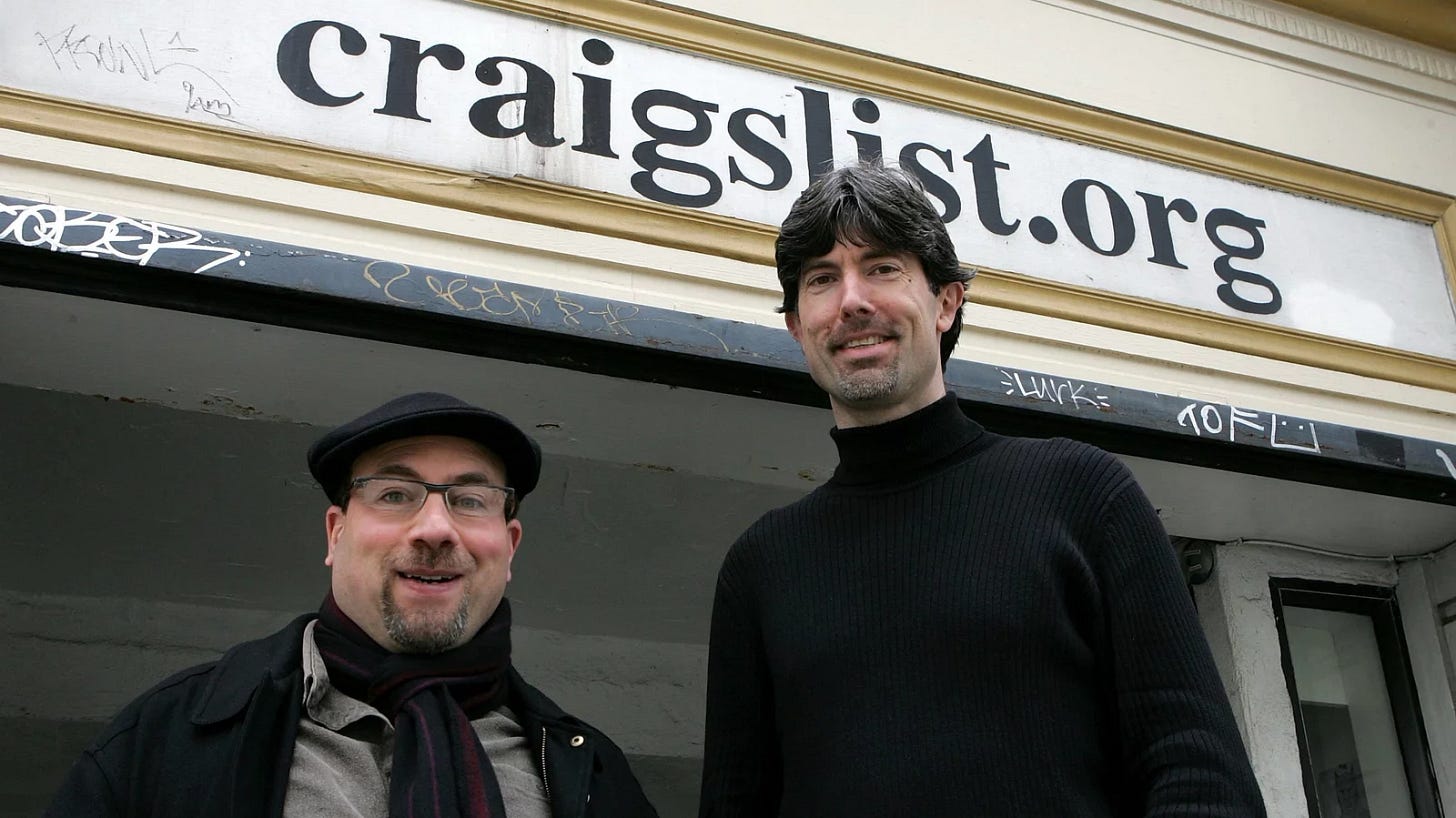AI: Doing more with Less
...going bigger across tech cycles
A phenomenon we've had in tech waves in the past, is the startup that ends up doing far more with less. Getting to global scale in far less time, and with far less money than most. At this early point in the AI Tech Wave, we’ve got our prize winner already for this accomplishment.
The Information highlights a company well known to many in silicon valley, but still unknown to mainstream audiences. The company is Generative AI overachiever MidJourney, and here’s the punchline of their story:
“David Holz has become an ‘AI celebrity’ by generating over $200 million in revenues with just 40 employees—all without raising a cent from outside investors.”
A little more context:
“Ever since 35-year old David Holz founded Midjourney in mid-2021, venture capitalists have been practically begging him to take their money.”
“Midjourney, which uses machine-learning models to generate uncanny, hyperrealistic images. The company, which charges users between $10 and $120 for a monthly subscription to its image generator, is on pace to surpass $200 million in revenue this year, according to people close to the company. Details about Midjourney’s financials have not been previously reported.”
“Although a large chunk of the revenue goes right back into purchasing the pricey AI chips required to train and run Midjourney’s machine-learning models, the company has been profitable since early on, according to several people close to the company. Holz’s ability to rake in hundreds of millions in revenue in under two years and with only about 40 employees puts him in a rare class of entrepreneur.”
The story goes into a lot more detail on how the founder managed to this to date, and the piece is worth reading in whole. What’s unusual here is the speed with the company found product-market-fit, scaled to million of customers and revenues, while doing it all with the efficiency of a few employees. Doing it with no external investor money is the icing on the cake.
We’ve seen this ‘do more with less’ story before, with examples being Craig Newmark in 1995 creating Craig’s List that generates over a $1 billion in revenues annually today without outside investors. With perhaps a few more than the 50 employees who make the whole thing work. In this case, they’re still doing far more with far less. The tech cycles helped a ton here, first with the advent of the internet and the web itself, then the transition a decade plus later in the transition to mobile.
Another more recent example of course is WhatsApp founded in 2009, and being bought by Facebook for over $19 billion with fewer than 200 employees by 2014 (and around $20 million in revenues). There the founders, did end up taking $8 million in VC funds.
Everyone ended up doing quite well, including Mark Zuckerberg, who ended up adding another billion plus user property post-acquisition for Meta, to Instagram (also an acquisition), and home-grown Facebook and Messenger.
The point here is that technology allows companies to scale far faster with less. And this trend is accelerating. LLM AI technologies will potentially have this trend being more the norm rather than the exception. The reason is the efficiency of the underlying technology, especially in the scaling. There’s a lot of leverage to understand here, which I will cover in future posts.
But the story of MidJourney to date is instructive to date, especially in the mechanics of the scaling of the business with AI technologies. This time the doing more with less is potentially far more scalable than before. For far more startups than before. Potentially less than the exception than the norm. Before a ton of outside investor capital. And that’s worth thinking through, a lot more than less. Stay tuned.
NOTE: The discussions here are for information purposes only, and not meant as investment advice at any time. Thanks for joining us here)




